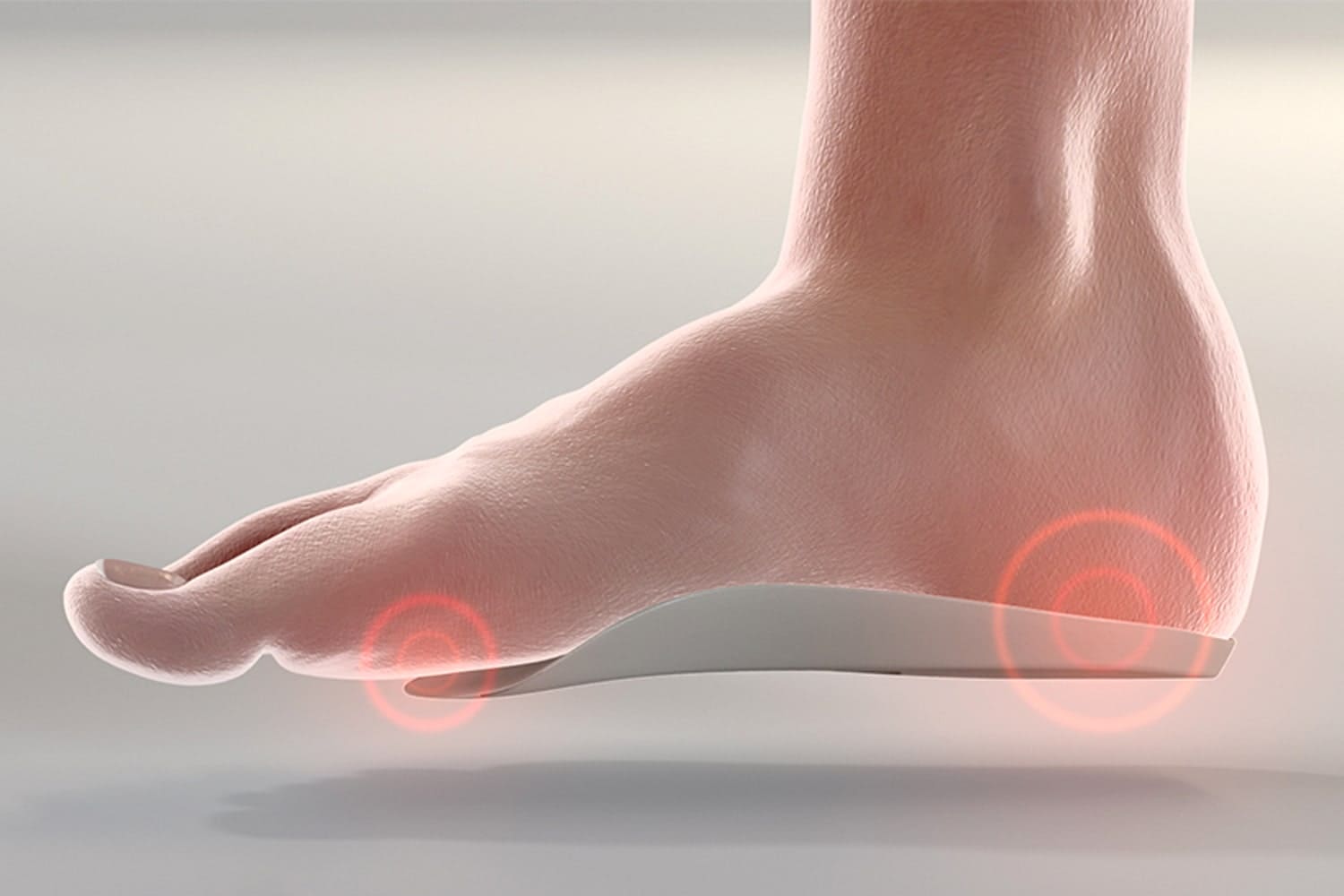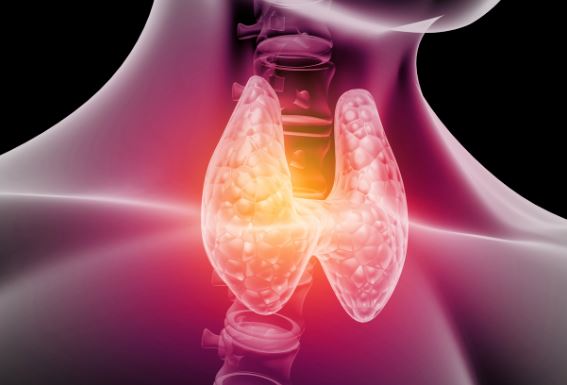The different types of Plantar fasciitis, a common cause of heel pain, involves inflammation of the plantar fascia, a thick band of tissue running across the bottom of your foot and connecting your heel bone to your toes. There are different types of Plantar Fasciitis can significantly affect a person’s daily activities and overall quality of life. While plantar fasciitis is often thought of as a singular condition, it can manifest in different types, each with its own set of characteristics and impacts on daily life. Understanding these variations is crucial for effective management and treatment.
Table of Contents

Types of Plantar Fasciitis
Plantar fasciitis is a foot condition that can manifest in various forms, each with its own set of symptoms, causes, and impacts on daily life. Understanding the different types of plantar fasciitis is crucial for effective diagnosis and treatment. Below are the different types of plantar fasciitis and their effects on individuals:
1. Acute Plantar Fasciitis
Description: Acute Plantar Fasciitis is a specific types of plantar fasciitis that refers to the sudden onset of symptoms. This condition is often triggered by a particular injury or a noticeable increase in physical activity. The hallmark symptom is sharp and stabbing pain, which is most pronounced during the first steps taken in the morning or after periods of rest. The plantar fascia, a thick band of tissue that runs along the bottom of the foot, becomes inflamed and irritated in this condition, leading to the acute pain.

Impact on Daily Life: Acute types of Plantar Fasciitis can have a significant impact on one’s daily life. The sudden and intense pain it causes can severely restrict mobility. Walking or standing for extended periods becomes a challenging task, and simple activities that were once taken for granted become painful. This limitation in mobility can disrupt various aspects of daily life, both personal and professional, as it hinders one’s ability to engage in routine tasks and activities. Consequently, it can have a notable adverse effect on an individual’s overall quality of life.
Treatment and management strategies, such as rest, ice, physical therapy, and appropriate footwear with arch support, can be effective in alleviating the symptoms of acute plantar fasciitis and gradually improving one’s daily life.
2. Chronic Plantar Fasciitis
Description: Chronic types of Plantar Fasciitis is a condition that develops gradually over time. Unlike acute plantar fasciitis, where symptoms occur suddenly, chronic plantar fasciitis is characterized by symptoms that worsen slowly. It typically results from prolonged and continuous stress on the plantar fascia without adequate rest or appropriate treatment. This chronic stress leads to more persistent and constant pain in the affected area. The plantar fascia becomes inflamed and irritated due to the ongoing strain and overuse.

Impact on Daily Life: Chronic types of Plantar Fasciitis can have a profound impact on an individual’s daily life. The persistent and often unrelenting pain can lead to reduced physical activity. People with chronic plantar fasciitis may avoid walking, standing, or engaging in activities that worsen their discomfort. Over time, reduced physical activity can contribute to issues such as weight gain and diminished cardiovascular health.
Moreover, the ongoing discomfort and limitations associated with chronic plantar fasciitis can extend beyond physical consequences.
It can take a toll on an individual’s mental health, causing frustration, anxiety, and possibly even depression. Coping with the continuous pain and its effects on daily life can be emotionally challenging.
Effective management and treatment of chronic plantar fasciitis often involve a combination of strategies, including rest, physical therapy, orthotics, and sometimes medical interventions like corticosteroid injections or shockwave therapy. It is essential to seek appropriate medical care to address the condition and improve overall well-being.
3. Plantar Fasciosis
Description: Plantar Fasciosis is a condition that typically arises as a result from chronic types of plantar fasciitis that has not been adequately treated. In this condition, the plantar fascia tissue itself undergoes degeneration, which is characterized by a dull ache or burning sensation rather than the acute inflammation commonly seen in plantar fasciitis. Over time, the repetitive stress and strain on the plantar fascia can lead to structural changes and microtears in the tissue.
Impact on Daily Life: Plantar fasciosis can have a profound impact on an individual’s daily life. Unlike acute plantar fasciitis, which often responds well to anti-inflammatory treatments, plantar fasciosis may be less responsive to traditional therapies aimed at reducing inflammation. This means that the pain and discomfort associated with plantar fasciosis can become persistent and more challenging to manage.
The continuous and often unrelenting pain experienced in plantar fasciosis can impede daily activities such as walking, standing, or even wearing certain types of footwear. This persistent discomfort can significantly lower one’s quality of life and hinder their ability to engage in routine activities.
Effective management of plantar fasciosis may require more specialized treatment approaches, such as shockwave therapy, platelet-rich plasma (PRP) injections, or surgery in severe cases. Seeking professional medical advice and tailored treatment options is essential for individuals suffering from plantar fasciosis to regain their quality of life and alleviate the ongoing pain and discomfort.
4. Calcaneal Spur-Related Plantar Fasciitis
Description: In certain cases of plantar fasciitis, individuals may also develop a heel spur—a small, bony growth that forms on the heel bone. While the heel spur itself may not be the direct cause of pain, it serves as an indicator of long-term stress and strain on the plantar fascia. This means that the presence of a heel spur is often associated with chronic plantar fasciitis.

Impact on Daily Life: The presence of a heel spur can complicate the treatment of plantar fasciitis and potentially lead to prolonged pain. While the heel spur itself may not necessarily cause discomfort, its presence signifies ongoing stress and inflammation in the plantar fascia. This can make physical activities, such as walking or standing, more challenging and exacerbate the discomfort experienced during daily tasks.
The combination of plantar fasciitis and a heel spur can significantly affect an individual’s ability to engage in their regular daily activities. It may limit mobility and cause discomfort during routine tasks.
Each type of plantar fasciitis, whether accompanied by a heel spur or not, requires a tailored approach to treatment. This approach may include a combination of strategies such as rest, physical therapy, orthotic support, and in some cases, surgical intervention. Recognizing the specific type of plantar fasciitis and understanding its impact is crucial for effectively managing symptoms and improving overall foot health. Seeking professional medical advice is important for a proper diagnosis and treatment plan tailored to individual needs.
Managing the Impact of Plantar Fasciitis on Daily Life
Regardless of the different types of plantar fasciitis can have a profound impact on an individual’s daily life. Here are several strategies to manage its effects
Managing plantar fasciitis and heel pain effectively involves a combination of home remedies, lifestyle changes, and professional medical treatments. The goal is to alleviate pain, reduce inflammation, and address the underlying causes to prevent further damage to the plantar fascia. Here’s a detailed look at the strategies you mentioned:
Proper Footwear
- Importance: Shoes that provide adequate support and cushioning can significantly reduce the pressure on the plantar fascia. This support helps in distributing weight more evenly across the foot, which can prevent additional tears and strain on the ligament.
- Choosing Footwear: Look for shoes with a strong arch support, a cushioned sole, and enough flexibility to allow natural foot movement. Avoid flat shoes or footwear without proper support, such as flip-flops or high heels.
Orthotic Inserts
- Function: Orthotic inserts are designed to correct the alignment and function of the foot. They can provide the necessary arch support, reduce stress on the plantar fascia, and distribute pressure more evenly across the foot.
- Types: There are custom orthotics, which are specifically designed to fit the contours of your feet, and over-the-counter options, which can offer a general level of support and are more cost-effective.
Stretching and Strengthening Exercises
- Benefits: Exercises targeted at stretching the plantar fascia, Achilles tendon, and calf muscles can relieve tension and improve flexibility. Strengthening exercises for the foot and lower leg muscles can help stabilize the heel and enhance foot support.
- Examples: Toe stretches, calf stretches, and towel stretches are effective for loosening the plantar fascia. Exercises such as toe curls and heel raises can strengthen foot muscles.

Weight Management
- Impact: Excess weight increases the stress and strain on the plantar fascia, contributing to inflammation and pain. Maintaining a healthy weight can alleviate this pressure and prevent further damage.
- Approach: A balanced diet and regular exercise are key to effective weight management. Even small reductions in weight can significantly reduce the impact on your feet.
Rest and Ice
- Rest: Allowing the feet to rest can help heal the micro-tears in the plantar fascia. Avoid activities that exacerbate the pain, such as running or standing for long periods.
- Ice Therapy: Applying ice to the affected area for 15-20 minutes several times a day can reduce inflammation and numb the pain. Always wrap the ice in a cloth to protect the skin.
Professional Treatment
- When to Seek Help: If home remedies do not alleviate the pain or if the pain worsens, consulting a healthcare professional is crucial. They can assess your condition and recommend a tailored treatment plan.
- Options: Treatment options may include physical therapy, which uses specific exercises and equipment to stretch and strengthen the plantar fascia and surrounding muscles. Medication such as nonsteroidal anti-inflammatory drugs (NSAIDs) can help manage pain and inflammation. In severe cases, more invasive treatments like corticosteroid injections or surgery may be considered.
Adopting a holistic approach to managing this types of plantar fasciitis involves integrating these strategies into your daily routine. It’s essential to be patient and consistent with treatment, as recovery from plantar fasciitis can take time. Always consult with healthcare professionals to ensure that your management plan is suitable for your specific condition and needs.
Conclusion
Different types of plantar fasciitis, can significantly impact an individual’s quality of life by limiting mobility, causing chronic pain, and affecting emotional well-being. By understanding the different types of plantar fasciitis and their specific impacts, individuals can seek appropriate treatment and adopt lifestyle changes to manage their symptoms effectively. It’s important to address the symptoms early and consult with healthcare professionals to prevent the condition from worsening and to maintain an active, healthy lifestyle.










Thanks for sharing. I read many of your blog posts, cool, your blog is very good.